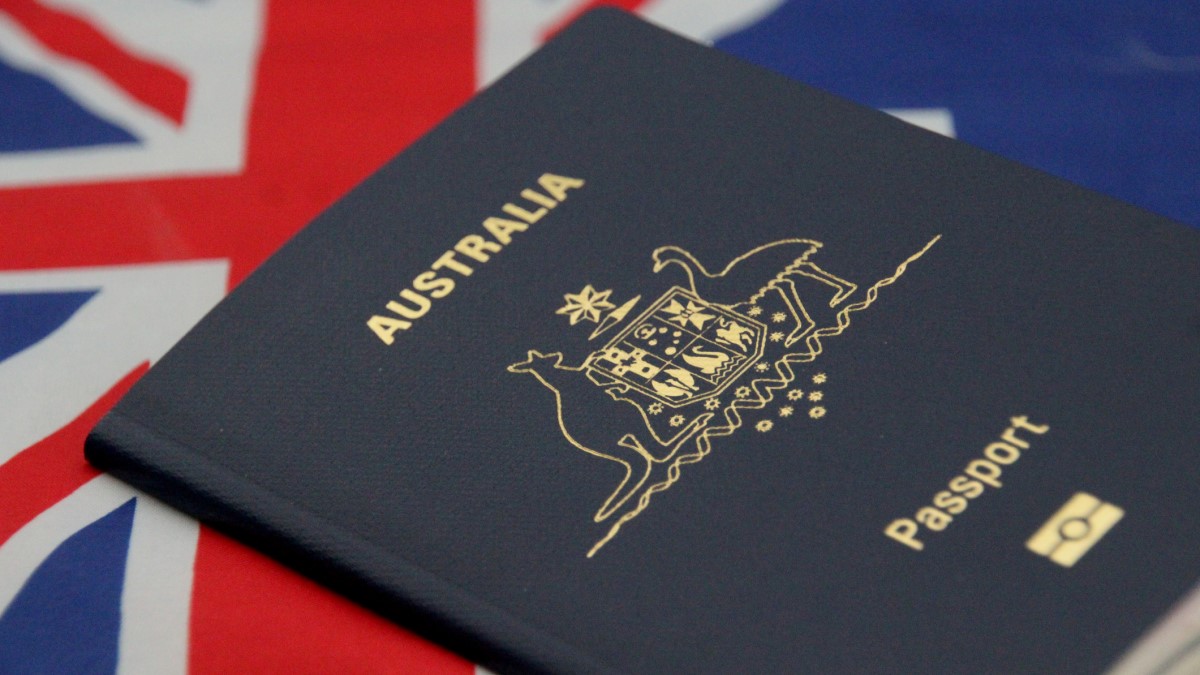Effective November 25, 2023, the Australian Government has introduced significant changes to the Temporary Skill Shortage (TSS) (subclass 482) and Temporary Residence Transition (TRT) stream of the Employer Nomination Scheme (ENS) (subclass 186) visas.
These changes simplify and clarify the pathway to permanent residence (PR) for TSS visa holders, offering more certainty to employers and skilled workers while ensuring Australia attracts and retains the talent it needs.
TSS Visa Changes
From November 25, 2023, the Australian government will eliminate the limit on the number of Short-term stream TSS visa applications within Australia.
This modification is applicable to new TSS visa applications made on or after the specified date. Short-term stream TSS visa holders with visas expiring before November 25, 2023, must leave Australia to lodge a third short-term stream TSS application.
TRT Stream Nomination Requirements
Changes in the TRT stream nomination requirements include:
1. Allowing employers to nominate holders of all TSS visa streams, including Short-term and Labour Agreement streams.
2. Removing the requirement for nominated occupations to be assessed against a skilled migration occupation list; the occupation must be listed in the Australian and New Zealand Standard Classification of Occupations (ANZSCO), and the nominated worker must continue working in the nominated occupation.
3. Reducing the time a TSS visa holder must hold their visa and work in the nominated position or occupation to be eligible for nomination by their employer for the TRT stream to two out of the three years before nomination.
These changes are expected to apply to new ENS and Regional Sponsored Migration Scheme nomination applications as of November 25, 2023.
Also Read: An Ultimate Guide to Securing Your Australia Working Holiday Visa
TRT Stream Visa Application Requirements
Changes in TRT stream visa application requirements include:
- Updating age exemptions for regional medical practitioner applicants and high-income earners aged 45 years and over to allow for a two-year pathway.
- It is ending COVID-19-related age exemptions that will no longer be relevant due to the introduction of the two-year pathway.
These changes are anticipated to apply to new ENS and Regional Sponsored Migration Scheme visa applications and applications are yet to be determined as of November 25, 2023.
Travel as Permanent Resident (PR)
As an Australian permanent resident, the right to re-enter Australia after travelling overseas depends on the validity of the travel facility on the permanent visa. There is no automatic right of entry to Australia.
Citizenship Eligibility
To be eligible for Australian citizenship by conferral, applicants must:
- Have been living in Australia on a valid visa for 4 years immediately before the application day.
- Have held a permanent visa or a Special Category (subclass 444) visa (SCV) for the last 12 months immediately before the application day.
- Not have been absent from Australia for more than 12 months in the past 4 years, and no more than 90 days in the 12 months immediately before applying.
If you are an SCV holder, you will be considered a permanent resident for citizenship purposes while outside Australia, provided you held an SCV immediately before departure.
Conclusion
In conclusion, the Australian Government’s changes to the TSS and TRT visa streams mark a pivotal step towards simplifying pathways to permanent residency, fostering certainty for employers and skilled workers alike.
Follow and connect with us on Facebook, Twitter, LinkedIn, Instagram and Google News for the latest travel news and updates!





